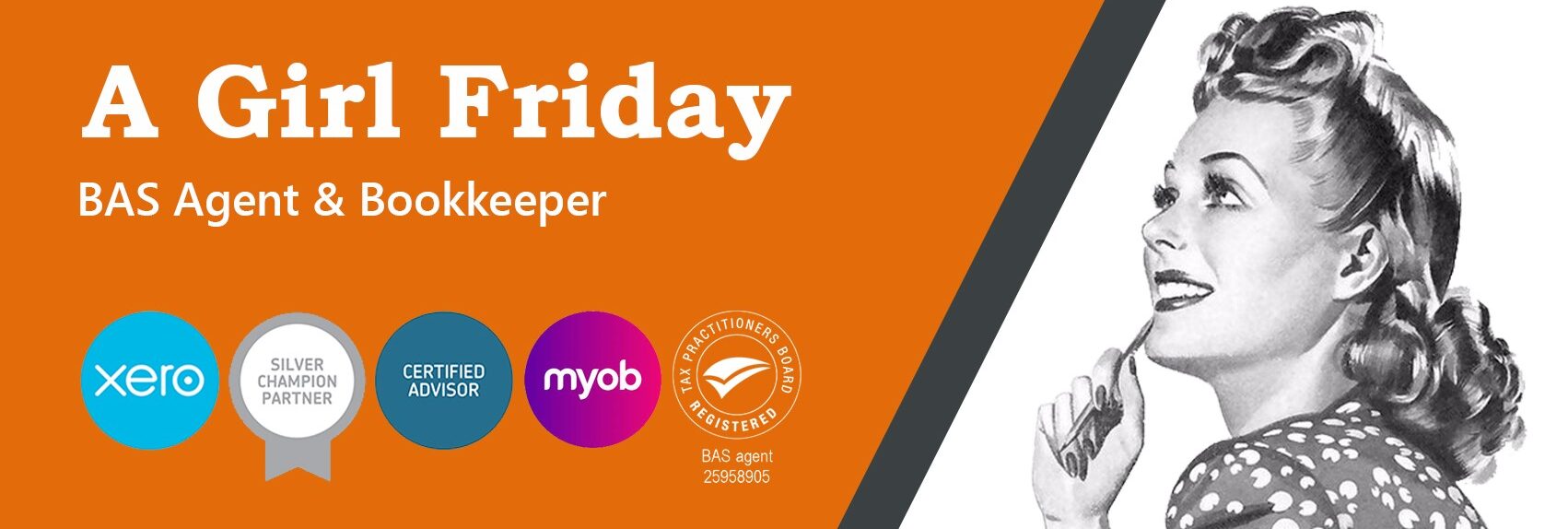The Australian financial year (Australian tax year) runs from 1 July to 30 June. At midnight on 30 June, the financial year ends, your business books are closed, and you report your financial situation to the Australian Tax Office (ATO). They use this information to figure out how much tax you owe.
You can submit your tax return at anytime during tax season.
In theory, this makes 31 October the final tax deadline, but there are exceptions. Businesses with tax agents have until 31 March the following year, for example. And there are other special circumstances. To find your precise due date, see what the ATO says about lodging your tax return or ask your tax agent.
To assess your business’s tax obligations, the government relies on a range of documents. The two most important are your:
- profit and loss (P&L) statement
- balance sheet
Do you have employees?
Produce payment summaries.
You need to formally document the amount you paid each employee, and how much tax you paid on their behalf. Learn more about payment summaries.
You will only need to complete payment summaries if you haven’t already opted in to STP.
Pay super.
You need to make super contributions on behalf of all employees,
including casual staff. Make sure you’re meeting your commitments with this ATO checklist.
Work out fringe benefits tax.
Non-cash benefits that you provide to your employees (such as a car) are taxed. You must pay it on your employee’s behalf. Learn more about fringe benefits tax.
